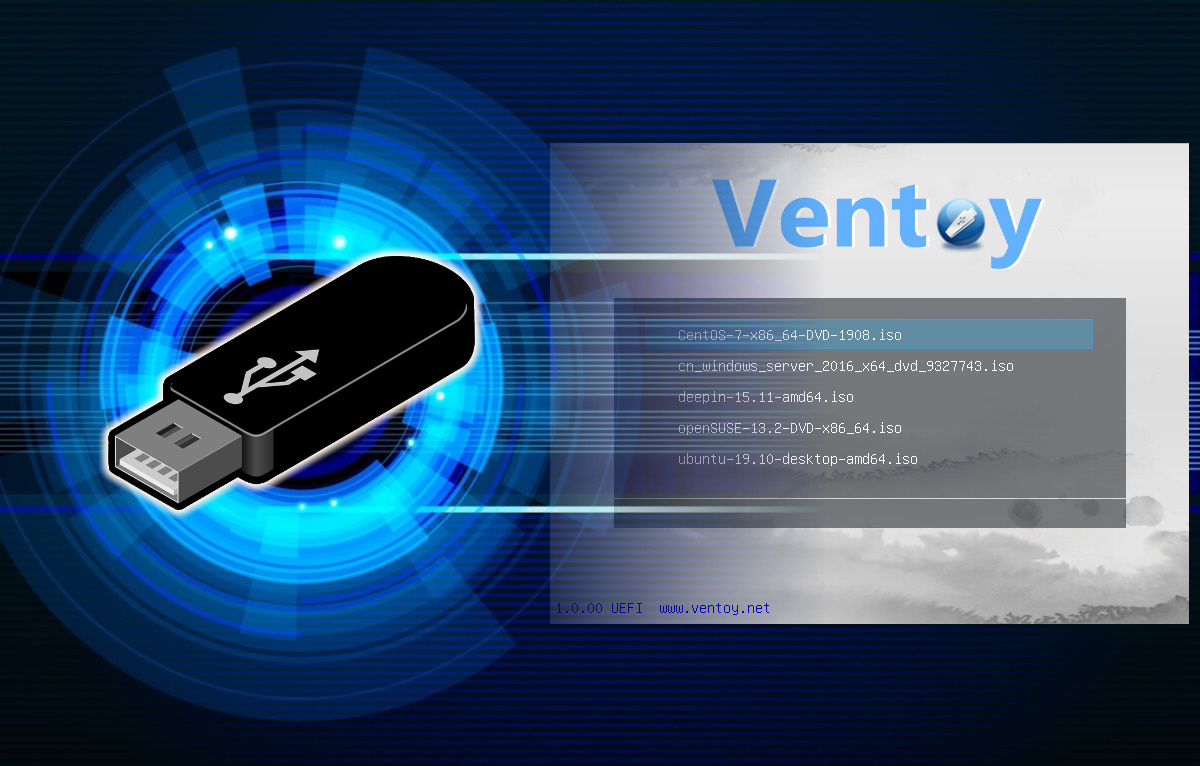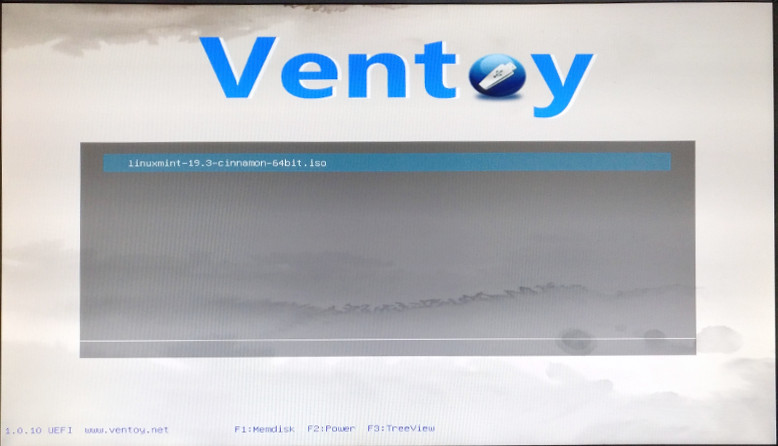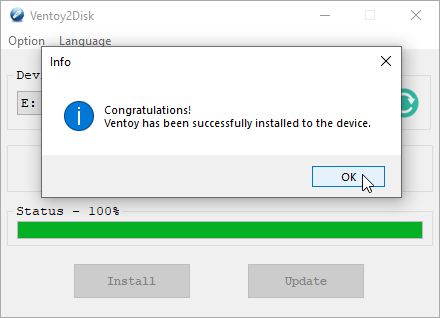

If you need to create multiboot USB with Windows 11 and Windows 10 or Linux, Ventoy is a good option.


You can click here to check for the full changelog. Now by default, VTOY_WIN11_BYPASS_CHECK and VTOY_WIN11_BYPASS_NRO are enabled in the latest update, version 1.0.86. VTOY_WIN11_BYPASS_NRO: this can help bypass the online account requirement of Windows 11 and you can set up a local account during the setup of the system.This feature was first introduced in Ventoy version 1.0.55 but you needed to manually enable it. VTOY_WIN11_BYPASS_CHECK: this helps bypass the checks for TPM, Secure Boot, CPU, and RAM when installing Windows 11.Now Ventoy also supports bypassing the Windows 11 requirements check during the installation of the operating system. You can choose to bypass Windows 11 requirements with Rufus to enjoy the new system. Some of you want to install Windows 11 but the PC doesn’t meet these requirements after a compatibility check. Ventoy Bypass Windows 11 Hardware RequirementsĬurrently, Windows 11 is a brand-new operating system that brings higher system requirements to CPU, TPM, Secure Boot, RAM, etc. Ventoy can be installed on a USB drive, local disk, SSD (NVMe), and SD card. Ventoy supports booting multiple ISO files from a single USB drive, a single ISO file more than 4GB, MBR and GPT partition styles, etc. Fortunately, you can use Ventoy to create multiboot USB drive. If you are running a PC with two operating systems, you need to prepare two bootable drives for different systems. Ventoy allows you to copy multiple files at a time and gives a boot menu for you to select one of these files. Ventoy won’t extract the image files to the USB drive but uses them directly. With Ventoy, you don’t need to format the drive but just need to copy your files to the USB drive, like normal copy & paste, and directly boot them. Well then, do you know Ventoy? It is still a free open-source tool that enables you to write image files like ISO, WIM, IMG, VHD(x), and EFI onto a USB drive to create a bootable drive.


 0 kommentar(er)
0 kommentar(er)
